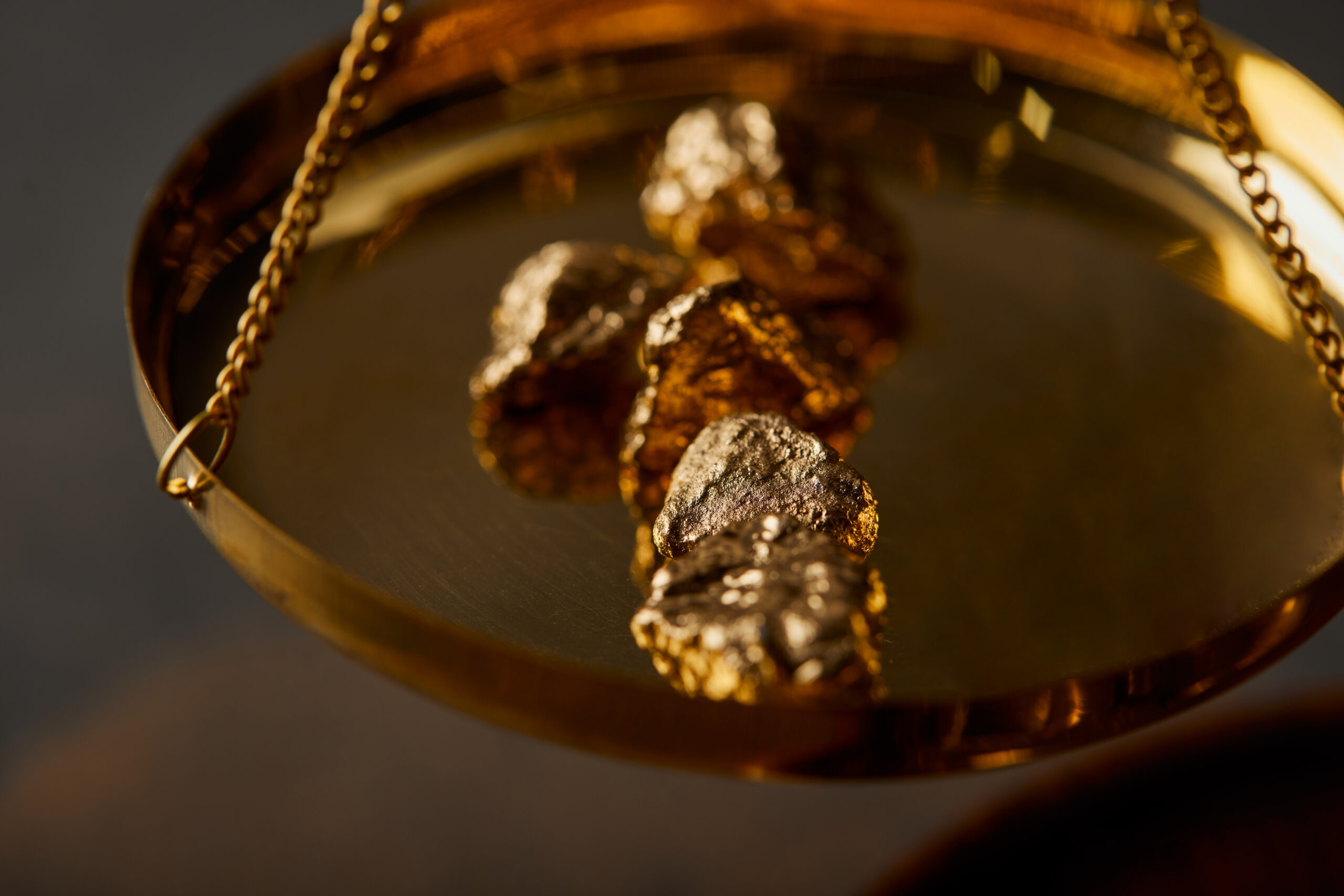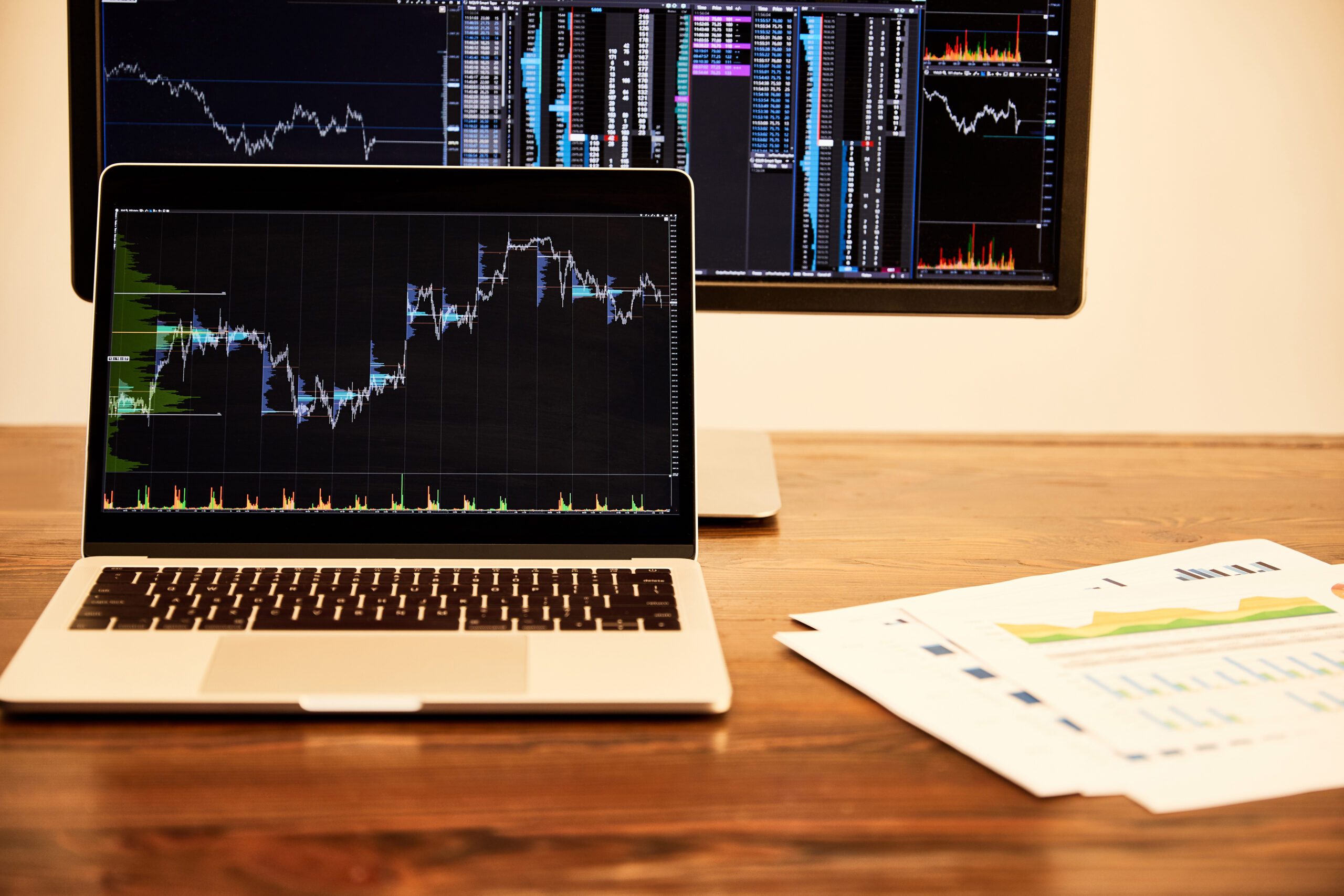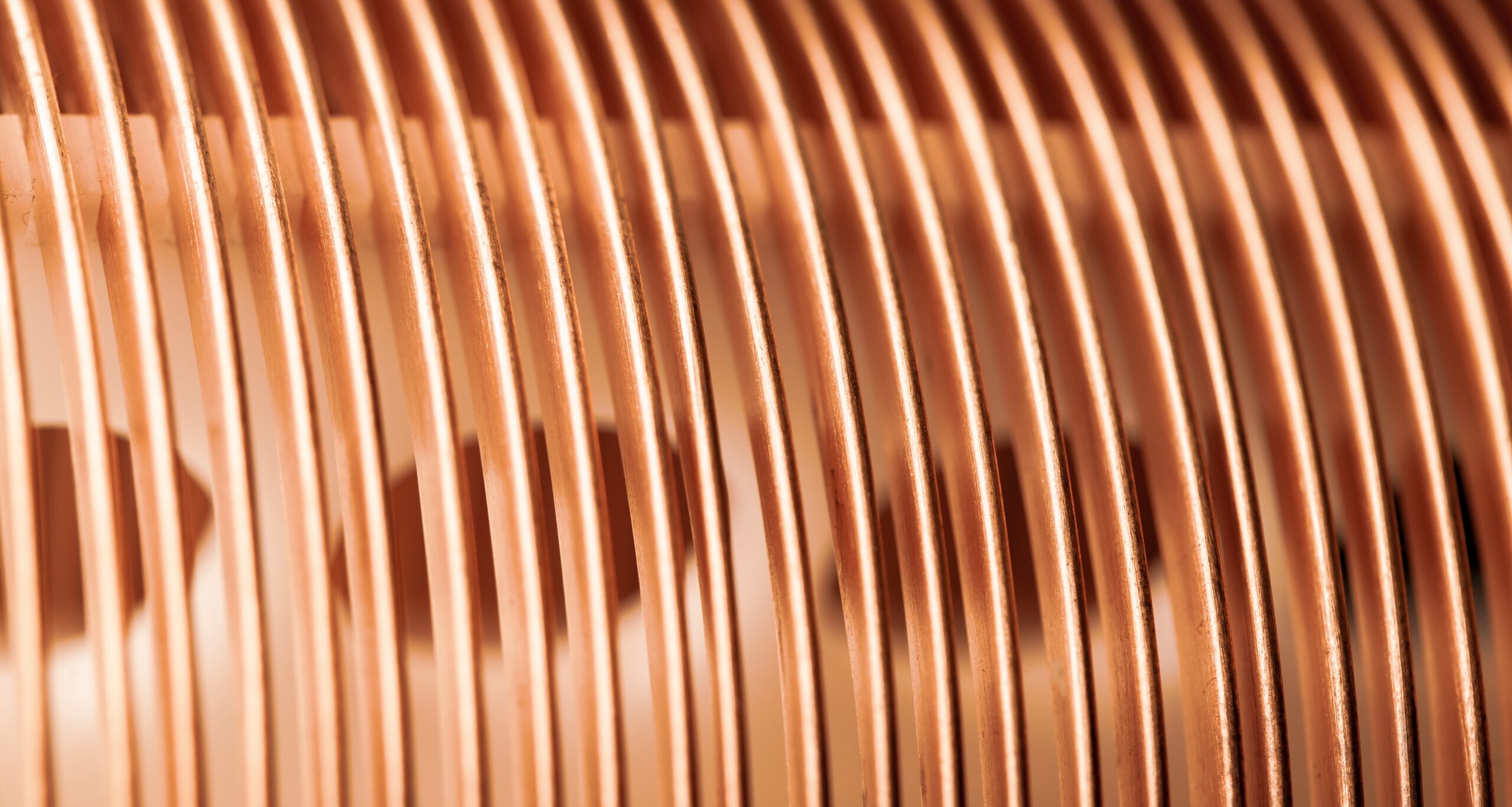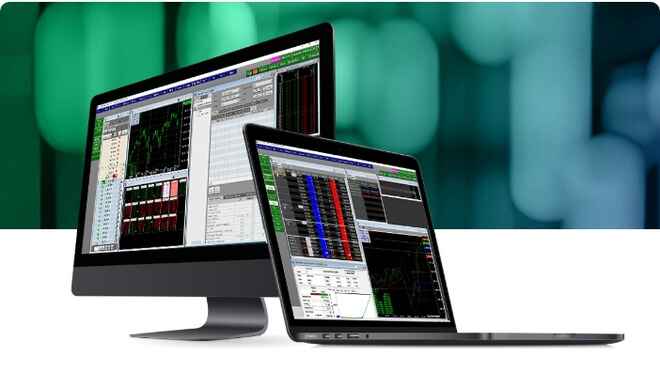Gold Futures Markets
Gold futures are a commodity futures product in the precious metals futures group. Few markets have the allure of gold; the yellow metal has long been viewed as a store of wealth — a “hard” currency that retains or gains value in times of inflation — and a symbol of prosperity. China, South Africa, the U.S., Australia, Canada, Indonesia and Russia collectively represent the backbone of global gold production.
Gold futures are an agreement to trade a specified amount of gold for a specified price on a predetermined future date. A gold futures contract is often used by traders to hedge against inflation, as a speculative play, or to expose themselves to another asset class aside from regular equities and indices. Some brokerages, like RJO Futures, offer physical delivery of gold contracts, but more often than not, most contracts don’t reach the point of physical delivery.
Gold Futures – Contract Specs
| Contract Symbol | Contract Units | Price Quotation | Trading Exchange | Trading Hours | Tick Value |
| GC | 100 troy ounces | U.S. dollars and cents per pound | CME GLOBEX | 18:00 – 17:00 | 0.10 per troy ounce = $10.00 |
How Do I Invest in Gold Futures?
Traders can invest in gold futures through the CME Group. In order to invest in gold futures, you must buy a gold futures contract. The easiest way to go about buying a gold futures contract is using an experienced Senior Market Strategist. Gold futures contracts are large, each contract gives you leverage over 100 troy ounces of gold, and therefore have a lot of capital risk. For that reason, it is best trade gold futures under the guidance of a futures broker to help coach you along the way.
Gold Futures Facts
Gold futures offer a far more liquid and efficient marketplace than the physical gold market for taking positions in gold. Central banks and the International Monetary Fund play an important role in the gold price, as do global events and the price of oil futures and the U.S. dollar. Significant economic reports from around the world also impact the price of gold futures, such as quarterly GDP reports, Import/Export data, and in the U.S., monthly Employment Reports. Gold futures are considered a flight-to-quality investment, much like oil.
Trading Gold Futures
While the actual price of a gold futures contracts changes everyday, the mechanics of the contract do not. A gold futures contract is always for 100 troy ounces of gold, with a minimum tick of $.10/tick and dollar value of $10/tick. Gold futures are traded Sunday-Friday 5:00 p.m.-4:00 p.m. CST with a 60-minute break each day at 4:00pm. As mentioned above, a gold futures contract is for 100 troy ounces of gold and is tracked in dollars and cents per ounce. However, when purchasing a gold futures contract, the trader will only have to put up a fraction of the total value of the contract, this is called margin. So, for example, lets say that gold is trading at $1,700 per ounce. That means the value of a gold contract would be $170,000. However, the trader would only have to put up a small fraction of that $170,000 to allow them to control that full 100 ounces of gold. This is called leverage, you can control a large quantity of gold for a fraction of the price, and it is one of the largest benefits to trading gold futures. Gold futures are traded at the following exchanges:
RJO University
Gain the knowledge and skills to trade futures with confidence. Access in-depth guides, market analysis, and actionable insights. Whether you’re a novice or seasoned trader, our century of industry experience empowers you to navigate complex markets and make informed decisions. Start your journey with RJO’s trusted expertise.
 Fundamental Analysis
Fundamental Analysis
How to Successfully Trade Gold Futures
 Fundamental Analysis
Fundamental Analysis
Navigating the Precious Metals Market: A Guide to the Gold and Silver Investor Kit
 Agriculture Futures
Agriculture Futures
Fundamental Economic Reports
 Copper Futures
Copper Futures



